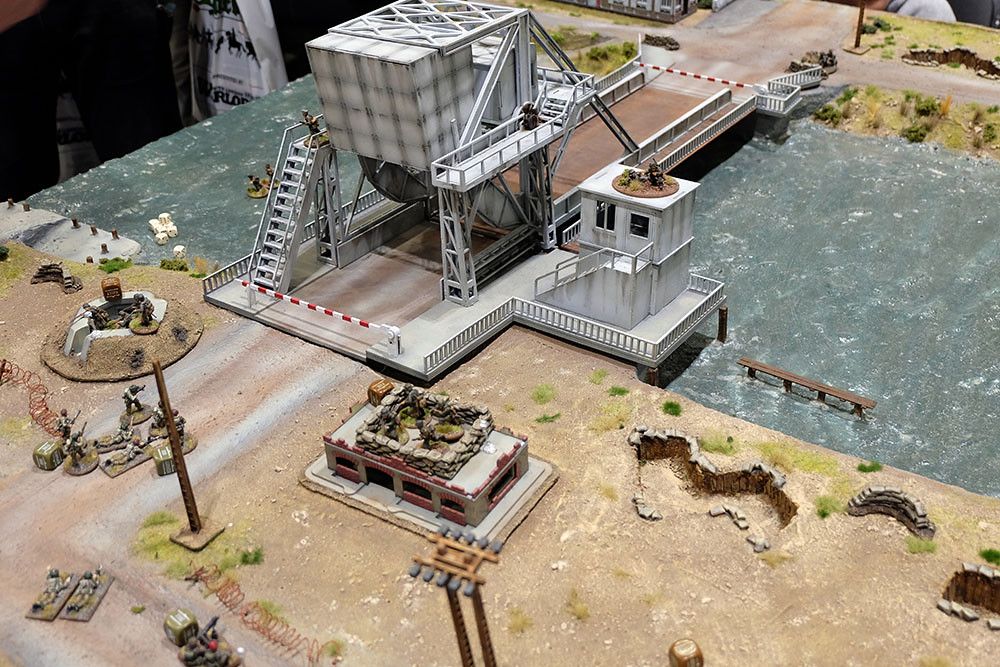Dogs or warhounds have been basic weapons of military conflict for millennia, however their specific roles have changed throughout time. We’re taking a look at the Canines of War on International Dog Day…
Dogs were utilised by various civilizations, including the Romans, Greeks, Sarmatians, Egyptians, and Britons. According to Classical sources, their first recorded use in battle occurred approximately 600 BC, when Alyattes of Lydia defended against the Cimmerians.
Dogs that attack
Although it has not always been possible to decipher the role of dogs in specific campaigns or battles, there is enough evidence in texts and murals to suggest that they played an important role throughout history—for example, Indian hounds accompanied Xerxes I’s invasion of Greece (480 BC), Bituito, King of the Arverni attacked Romans led by Consul Fabius (120 BC) with only dogs, and the Spanish conquistadors used large breeds extensively against (the 1500s). Napoleon was another renowned proponent of dogs, employing them in a manner similar to modern-day sentry dogs.
Large breeds like as the mastiff or molosser (favourite of Attila the Hun) would be used to attack the enemy, sometimes with armour or spiked collars. They were taught to ignore the chaos of battle and to become slavering murderers capable of shattering opposing lines even when they were the most disciplined.
In their 7th century BC fight against Magnesia, the Ephesians devised a strategy in which each of their riders was accompanied by a war-dog and a spear-wielding attendant. The dogs would be unleashed on the enemy first, disrupting their ranks, before being subjected to a spear assault and ultimately a cavalry charge.
Other Military Applications
Over time, the usage of ‘attack dogs’ has declined, while it is still a common practise among some modern military, when dogs are used to arrest fleeing enemy or investigate subterranean places too large or dangerous for humans.
The sentry, or guard-dog duty, is one of the oldest military uses of dogs, alerting the human element to the presence of intruders and defending camps or important military targets. Cappy, our new Campaign Mariana and Palau Islands special book miniature, was praised for alerting a camp to a big oncoming Japanese force; his assistance was crucial to the marines’ survival. The miniature is only available with book orders from the Warlord Webstore. Please place your order here.
Scout dogs were used to identify booby traps and hidden enemy locations as late as World War II, Korea, and Vietnam, where their capabilities of smell and hearing considerably surpassed those of any human, allowing for far improved detection efficiency. Even though they were only breathing through reed straws, they were able to locate adversaries hidden underwater.
Mine detecting dogs were one of the more disastrous uses of dogs in wartime. The dogs were treated to a series of shocks from bare wire beneath the earth during their training, resulting in a degree of stress that caused them to be so uneasy that they could only work for 30 minutes at a time. Such dogs did not have a long service life. The Soviet employment of dogs as anti-tank weapons in World War II, in which they were strapped with explosives, was similarly destructive and unreliable.
Dogs were utilised as messengers as well. Approximately 1 million dogs were murdered doing this role during World War I. In the heat of combat, dogs would be dispatched as silent messengers. The problem with this strategy was that a dog would have to be educated to be faithful to multiple masters, lest they become confused in the tumult of battle and carry messages late or not at all.
The United States’ Use in World War II
Large dogs, largely provided by their American owners, were used in the Pacific theatre’s island-hopping efforts during WWII. While various breeds of dog were eligible to be “War Dogs of the Pacific,” the Doberman was chosen as the USMC’s official canine.
Chips, a German Shepherd-Collie-Siberian Husky mix trained as a sentry, was the most decorated of the United States Army canines. He served in North Africa, Sicily, Italy, France, and Germany with the 3rd Infantry Division. During the invasion of Sicily, he and his handler were pinned down on a beach by enemy fire. Chips escaped his handler and jumped inside the Italian pillbox, forcing the four gunners to flee. He was instrumental in the capture of eleven Italian prisoners on the same day. Despite his participation in eight consecutive missions, he was awarded the Distinguished Service Cross, Silver Star, and Purple Heart, but these awards were later removed since official army doctrine prohibited the praise of animals. He made it through the war and returned home.







